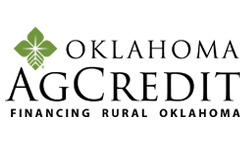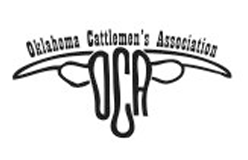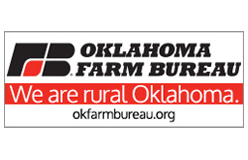
Associate farm reporter Carli Davenport spoke with Dr. Jason Thorne, a veterinarian and the owner of Territory Medicine in Weatherford, Oklahoma, about the ongoing EHV outbreak. The virus is believed to have originated at an event in Texas and has sparked widespread concern among horse owners, particularly in Oklahoma and Texas. Many organizations and boarding facilities have canceled major events and advised owners to suspend hauling and implement quarantine measures as a precaution.
Dr. Thorne explains the basics of the virus, noting that “EHV is a virus, a herpes virus to be exact in horses.” He distinguishes between the two primary problematic strains—Type 1 and Type 4—stating, “There are other types, but in our populations, really it’s just one and four causing problems.” Regarding the Texas event, dr thorne adds, “I believe what happened in Texas is going to be an EHV one,” which typically presents first as a respiratory infection.
On transmission, Dr. Thorne emphasizes the role of stress in triggering viral shedding: “ More than likely, A very stressed animal was allowed to recrudesce the virus. And then poof, you have this extremely contagious virus that spreads rapidly.” While noting that the virus does not persist as long in open environments, he warns, “It’ll be very, very contagious.” He explains that the virus may linger silently in a horse until reactivated by a stressful event, making early detection and control challenging.
Describing the predominant symptoms, Dr. Thorne outlines the typical respiratory signs: “a runny nose or a snotty nose, cough, depression, and, hands down, a fever.” He stresses that “the main thing you wanna watch is any temperature over 101 and a half,” which is considered a fever in horses. He also details neurological manifestations, “some horses may have a mild fever, not cough or anything, or look depressed, but their symptom is predominantly towards the hind end of the animal” noting that some horses may show “hind limb ataxia,” “insensitivities of their tail and the perineum,” or signs suggesting urinary incontinence, describing it as “the neurologic form” of EHV.
When discussing early detection, Dr. Thorne identifies the most reliable red flags: “I’d have to say it’s gonna be depression and fever.” He explains the mechanism behind this, saying, “The way a virus works is it mounts a huge immune response, it creates an overwhelming inflammatory reaction where they get depressed rapidly and the fever goes sky high.” He urges horse owners to monitor temperatures at home: “Get a digital thermometer, we want you to stay home. We don’t want you to have to haul anywhere if you can help it.” A temperature over 101.5°F should prompt immediate communication with a veterinarian.

Regarding containment, Dr. Thorne identifies several challenges: “The hardest thing’s gonna be getting out in front of it… and once you get ahead of it, stay ahead of it.” He notes that rapid virus spread and variable testing reliability complicate control efforts. He stresses the importance of halting all potential vectors, warning that owners must also quarantine “the tack, the equipment, the coats, shirts, and shoes.” A 21-day quarantine is recommended, “to provide that whatever animal has came into contact with the most recent case has enough time to get over it and not be a carrier.”
For prevention, Dr. Thorne highlights steps that can support immune function: “If we can reduce their stress, that’s the best first thing to try.” He mentions nutritional support and immune supplements, stating, “There is a product called Lysine, it has been known to help boost immune systems.” Vaccination remains a key tool, and Dr. Thorne notes, “We run a product called Vetera gold and it has this herpes virus vaccine in it.” Booster vaccines are described as “extremely beneficial,” and he encourages consulting local veterinarians for individualized guidance on preventing further spread.

















